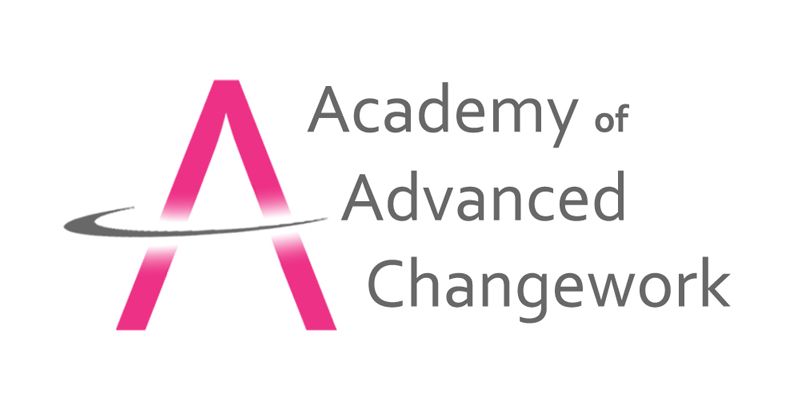
How to overcome a phobia using hypnotherapy & NLP
Phobias are common in the general population (around 6%). They are more common in women (8%) than men (3.4%) and many specific fears do not cause the person enough disruption in their life to seek treatment for it, for example, a person may have a fear of flying but never intends, or has any need, to get on a plane.
Where people do have a phobia and it is disrupting life, it can be severely debilitating.
There are different kinds of phobias including Specific phobias, Agoraphobia, and Social phobias. They all have distinct characteristics however using hypnotherapy can all be resolved in similar ways and relatively quickly. And here's why.
During hypnotherapy/NLP, suggestions are offered to the client's unconscious mind while they are in a suggestible altered state of consciousness. The unconscious mind is hidden beyond our everyday awareness. In addition to its more positive aspects, it is where impulses, habits, negative emotions, memories, and irrational thoughts reside.
During this altered state of consciousness, clients can be easily guided to learn new behaviours, e.g., becoming more assertive, relaxed, confident and calm in managing the phobic situation or object well.
In most forms of psychotherapy, the therapist makes suggestions at a conscious level. The conscious mind, whilst rational, can also be defensive, overly critical, overcome with negative thinking, and not always in the mood for change. When in a trance, the clients' conscious mind relaxes, allowing the therapist to communicate with a more receptive/emotional unconscious mind.
During the session, the practitioner will induce relaxation & intense focus and absorption by using techniques to inhibit the fear response. During this process an intervention called systematic desensitisation can be used, where the trigger of the fear is gradually introduced to the client whilst they are in a very relaxed state. Client's typically are able to do this exercise without experiencing arousal during this process, and will then be encouraged to try out these new ways of working outside of the therapy space in the presence of the real thing after leaving the session.
With some clients who have extreme fear reactions to even the mildest thoughts of the feared object or situation, and where it is too anxiety-provoking for them to imagine themselves performing differently in the face of a phobic situation, they typically imagine observing someone they know instead. This can be a very effective way for clients to desensitise themselves to the feared object, and by imagining someone else performing a behaviour they will feel much more relaxed and confident.
Hypnotherapists might also use a technique called age regression which helps to find the source of the problem i.e. when the problem first started. By exploring these earlier memories, the hypnotherapist will help the client to store them in a much more useful way. These memories then fail to continue to have the same negative effect on the person in the current time.
Another technique practitioners can use which often brings fast results and lasting change is called the 'Fast Phobia' or 'Rewind' technique. The client will be guided through a process where the feared event is played forward and backward until they can be confidently presented with the previously feared object or situation without experiencing the fear reaction associated with it.
Want to know more? Feel free to get in touch






